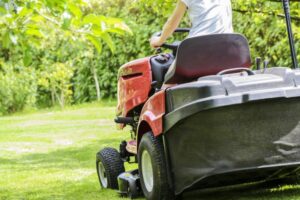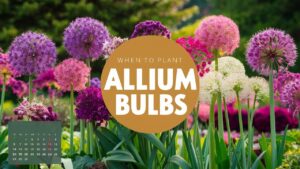August can be a pivotal month for gardening, especially in USDA Zone 4, where the growing season is shorter than in warmer zones. As summer begins to wane, gardeners in this region should look to make the most of the remaining weeks of favorable weather.
The key is to select plants that are well-suited to the cooler temperatures and shorter days of early fall. In this guide, we will explore various vegetables, flowers, herbs, and landscape plants that you can successfully plant in August in Zone 4.
Vegetables To Plant
One of the best ways to maximize your harvest in Zone 4 is by strategically planting cool-season vegetables in August. Here are ten vegetable options that thrive in the cooler temperatures of fall.
Kale
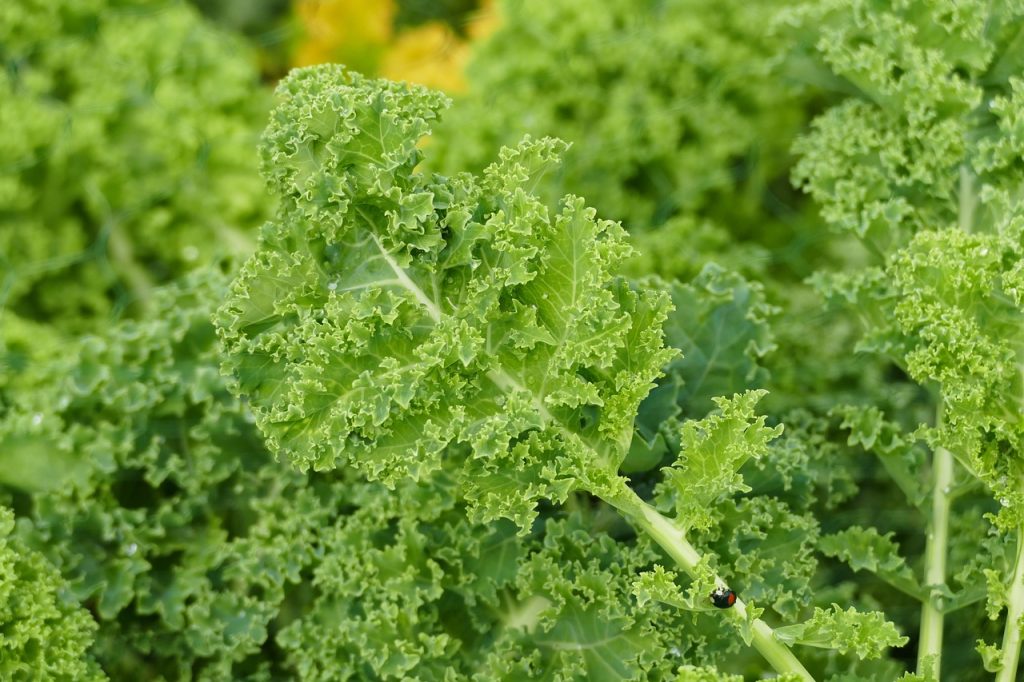
Kale is a resilient leafy green that can withstand frosts, making it an excellent choice for late summer planting. In Zone 4, you can sow seeds directly into the ground until mid-August. Kale prefers well-drained soil with plenty of organic matter. It grows rapidly, so expect to start harvesting leaves in about 50-60 days after planting. The flavor of kale can even improve after a frost, encouraging many gardeners to leave it in the ground longer into the fall.
Spinach
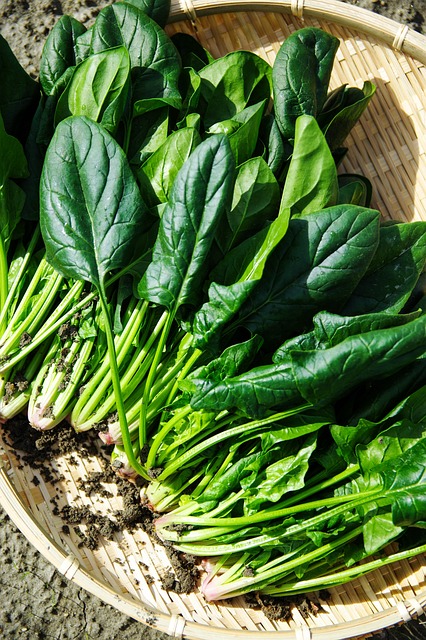
Spinach is another cool-season vegetable that flourishes in the cooler temperatures of Zone 4. You can plant spinach from mid-August through early September to enjoy a late fall harvest. This nutrient-dense leafy green prefers slightly cooler weather and will germinate best in soil temperatures around 50°F to 68°F. Spinach can be harvested as baby greens as soon as they reach 1-2 inches tall or allowed to grow to full maturity for more substantial leaves.
Radishes
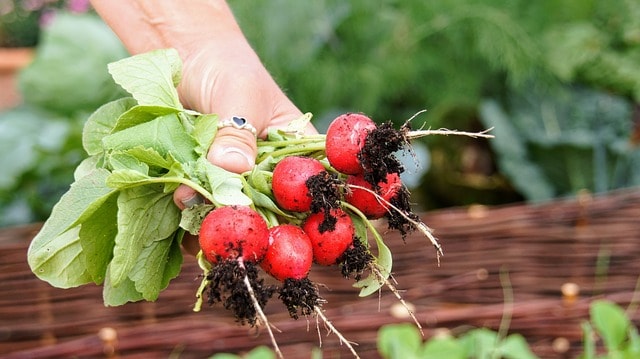
Radishes are fast-growing root vegetables that thrive in cooler temperatures. You can sow radish seeds in August for a quick harvest, typically within 25-30 days. Varieties such as ‘Cherry Belle’ and ‘French Breakfast’ are particularly well-suited for fall planting in Zone 4. They prefer well-drained soil and moderate watering, along with full sun exposure for optimal growth.
Carrots
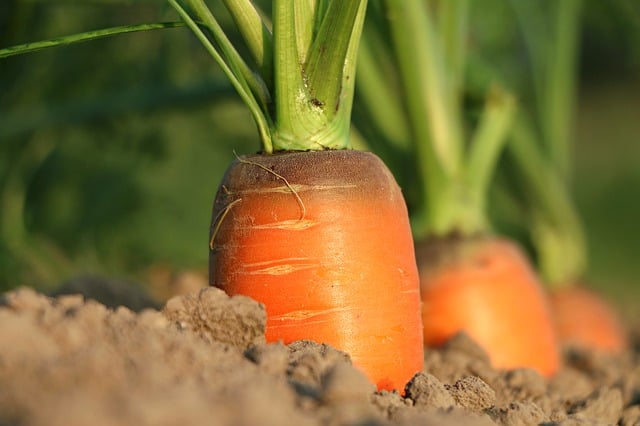
August is an excellent time to plant carrots in Zone 4, as they prefer cooler soil temperatures for germination. You can sow carrot seeds until mid-August for a fall harvest. With varieties like ‘Nantes’ or ‘Danvers,’ you can expect to harvest them in about 70-80 days. Carrots can even sweeten after a frost, making them a fantastic winter storage vegetable.
Beets
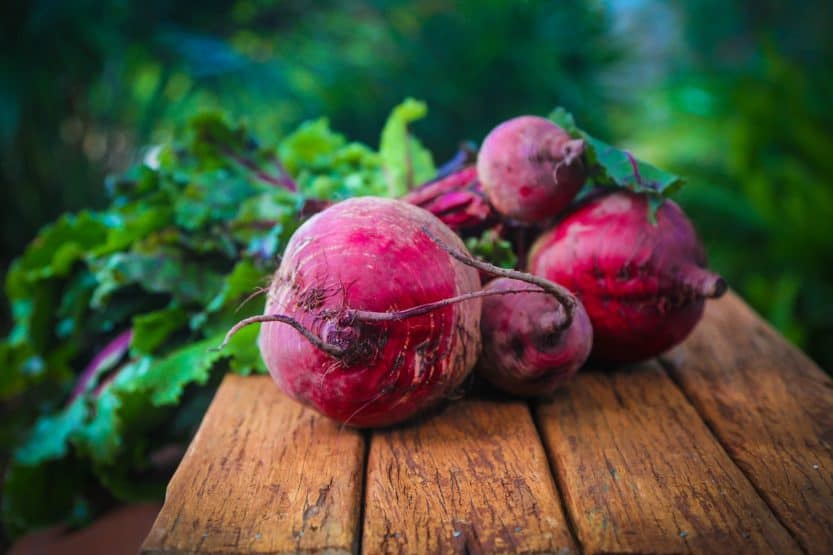
Beets are both delicious and nutritious, making them a great choice for fall planting. In Zone 4, you can successfully sow beet seeds from early to mid-August. They grow best in full sun and well-drained soil but are tolerant of partial shade. Beets typically take 50-70 days to mature, and you can harvest both the roots and the greens.
Broccoli
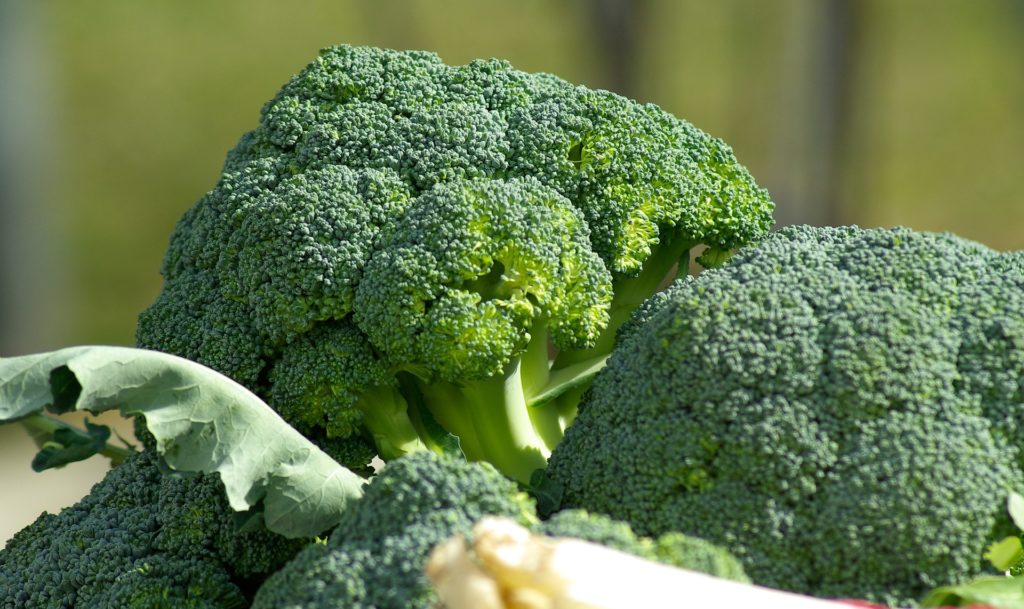
If you’re looking to plant a nutrient-packed vegetable in August, broccoli is a solid choice. You can transplant seedlings or sow seeds directly in the garden until mid-August. Broccoli prefers cooler temperatures for good head development, making it ideal for fall planting. Its growth cycle is about 60-100 days, but the later crops can often yield better flavor after exposure to cool air.
Turnips
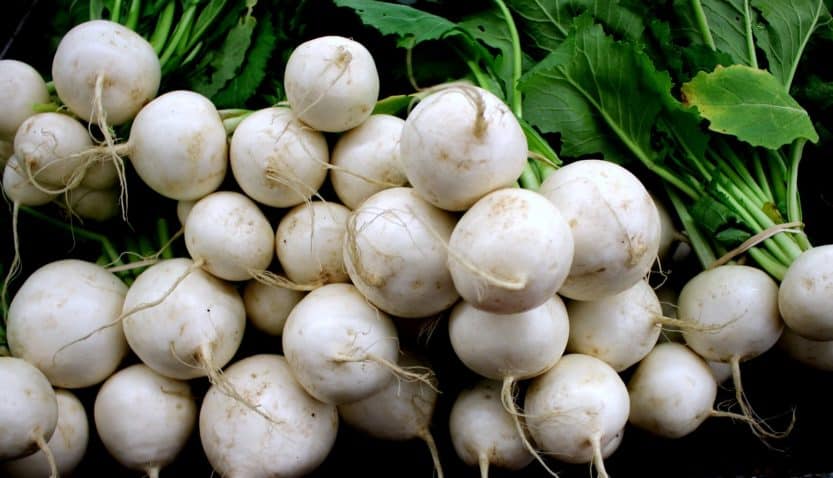
Turnips are a versatile root vegetable that grows well in the temperate climates of Zone 4. You can sow seeds from early to mid-August to enjoy a great fall harvest. Turnips germinate quickly in cooler soil, and you can expect substantial growth in about 40-60 days depending on the variety. Both the bulb and the greens are edible, making them a dual-purpose plant.
Swiss Chard
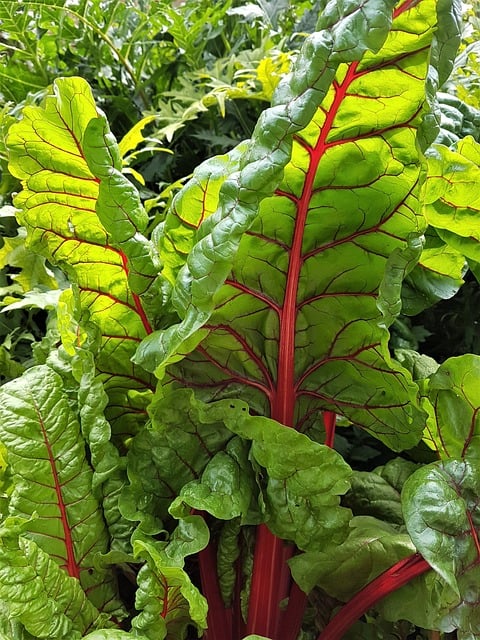
Swiss chard is a colorful leafy green that is perfect for fall planting in Zone 4. Sow seeds in August, and you will be able to harvest within 50-60 days. Swiss chard thrives in cooler weather and can endure light frosts, which can naturally sweeten the leaves. It prefers well-draining fertile soil and can be grown as a cut-and-come-again crop, allowing for continuous harvesting.
Mustard Greens
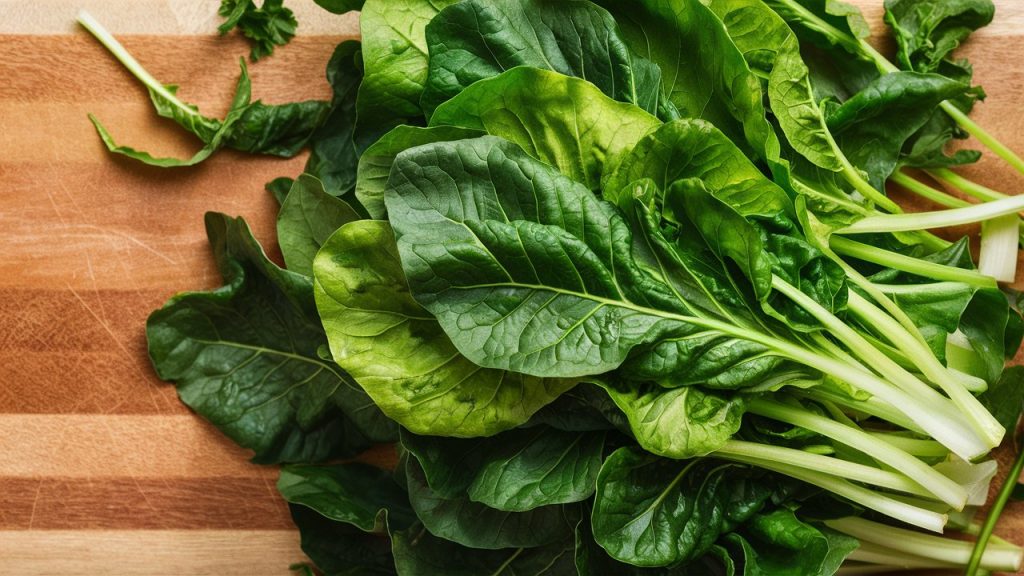
Mustard greens are flavorful, peppery greens that can thrive even in cooler temperatures. In Zone 4, you can plant mustard seeds in August to get a fast harvest. Typically, these greens can be harvested in just 30-40 days. Plus, they are great for adding a kick to salads or stir-fries. They prefer full sun and well-drained soil.
Lettuce
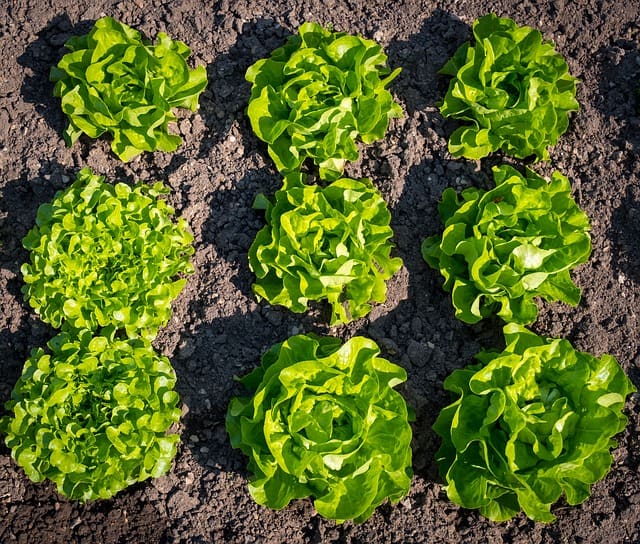
Lettuce is a fantastic crop for August planting, especially several varieties that thrive in cooler weather. You can sow lettuce seeds directly in the garden until late summer, ideally by the end of August. It has a short growing cycle and can be ready for harvesting in as little as 30-60 days. Varieties like butterhead, romaine, and leaf lettuce are excellent choices for cooler temperatures.
Flowers To Plant
While August might signal the end of summer, it’s still an excellent time to plant perennials and other flowers in Zone 4 that will provide beautiful blooms for fall and future seasons.
Mums (Chrysanthemum)
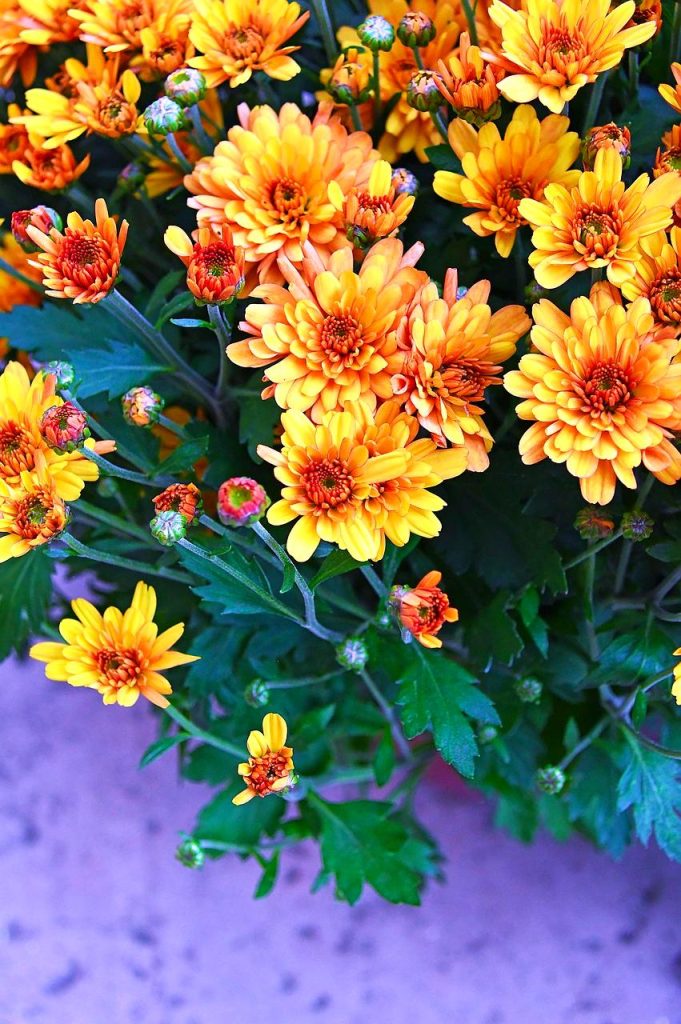
Chrysanthemums, commonly known as mums, are vibrant flowers that can add significant color to fall gardens. Plant them in mid-August in well-drained soil, and they will bloom in late summer to autumn. Mums prefer full sun and can tolerate cooler temperatures. They often last through the frost and come in various colors, making them a versatile choice for many landscapes.
Asters
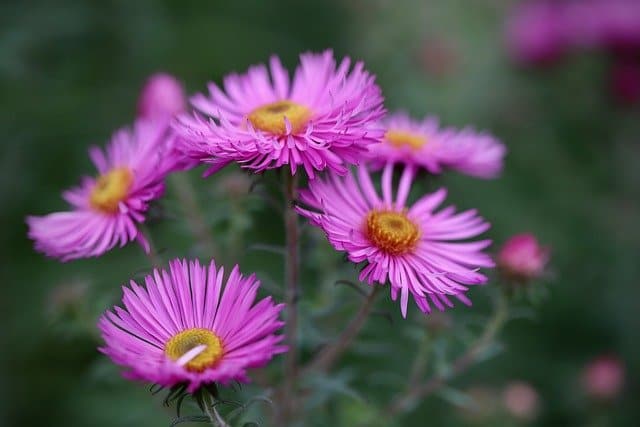
Asters are another beautiful perennial that thrives in the cooler temperatures of late summer. Planting aster seeds or transplants in August will yield stunning flowers come September and October. These hardy flowers can withstand light frosts and come in shades of pink, purple, and blue. Asters prefer full sun and well-drained soil.
Sedum
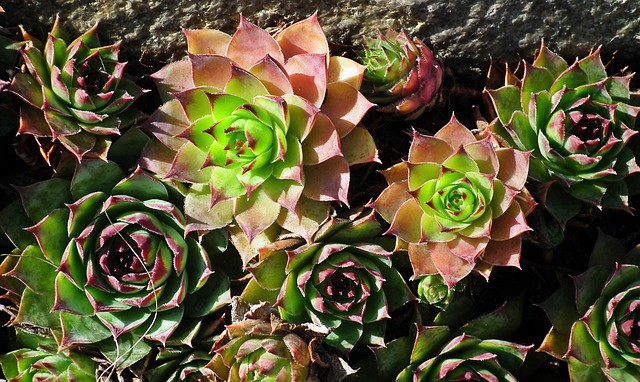
Sedum, or stonecrop, is a succulent perennial that is particularly hardy and drought-resistant. Plant sedum in August, where it will thrive and bloom in late summer to fall. With its fleshy leaves and unique flowers, sedum is attractive to pollinators and an excellent choice for low-maintenance gardens. These plants prefer full sun and well-drained soil.
Black-Eyed Susans
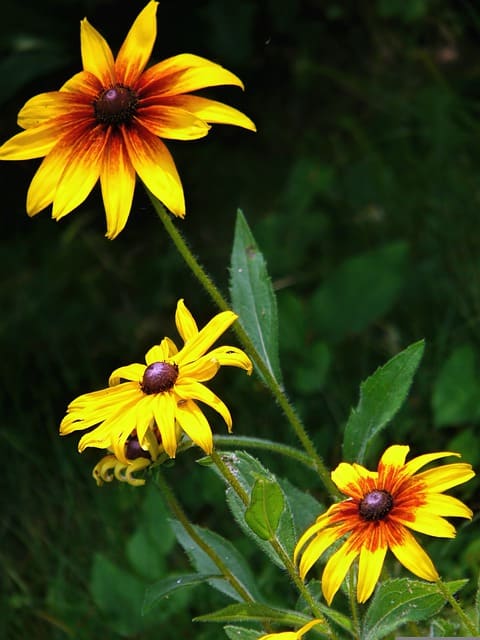
Black-eyed Susans are native wildflowers that add cheerful yellow blooms to gardens. Plant them in August for a chance at late-season flowering, although it is more common to sow seeds in spring. This species thrives in various soils and conditions. They prefer sunny spots and are excellent for attracting butterflies and bees.
Gaillardia (Blanket Flower)

Gaillardia, or blanket flower, offers vibrant red and yellow blooms that are perfect for late summer gardens. Plant them in well-drained soil and full sun in August, and they will thrive as perennials, coming back year after year. These flowers are drought-tolerant and require minimal care, making them a great addition to low-maintenance landscapes.
Salvias
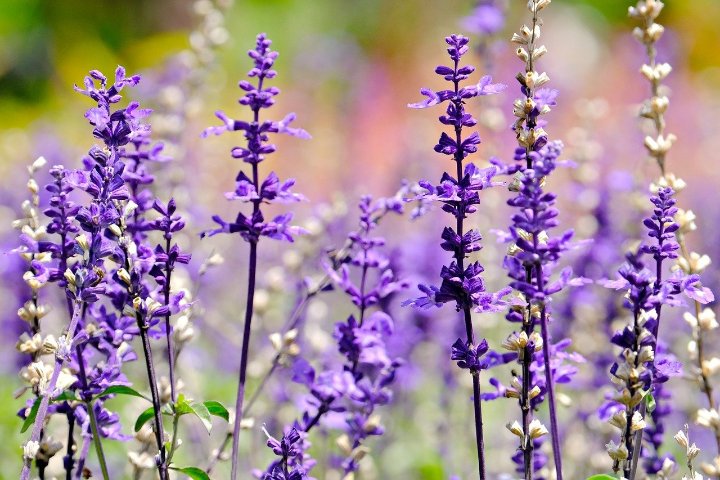
Salvias are another great option for planting in August. These drought-resistant perennials can add height and interest to your garden. Whether you choose ornamental salvia or a culinary variety, these plants provide attractive flowers that attract pollinators. Planting in mid-August ensures that they settle in before fall, and they generally thrive in sunny locations.
Ornamental Grasses
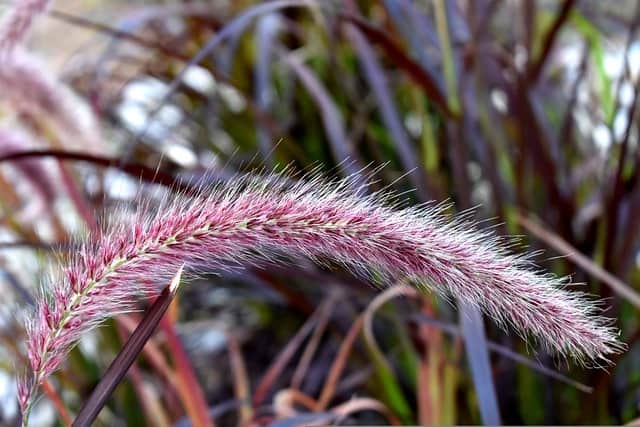
August is an ideal time to add ornamental grasses to your landscape. Varieties such as Miscanthus or Panicum can add texture and movement to gardens. They are hardy perennials that can thrive in a range of soil types and conditions. Plant them in full sun to partial shade. Most ornamental grasses will stand well into the winter, providing winter interest.
Pansies
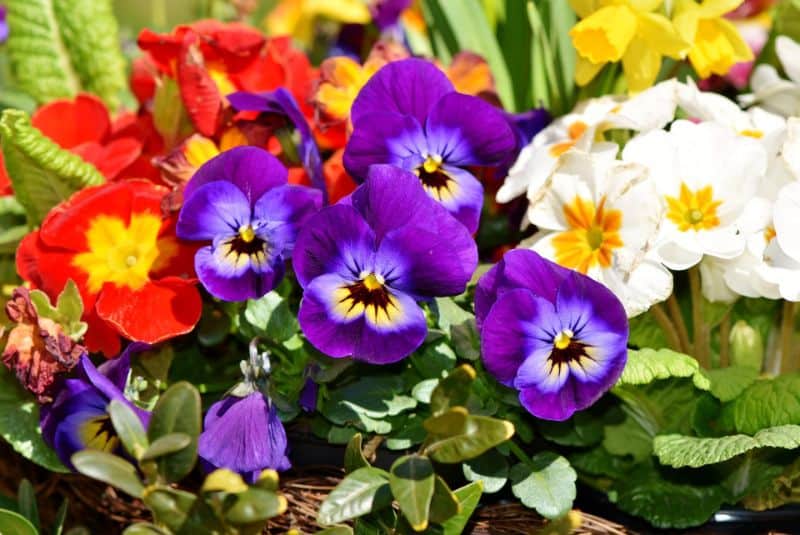
Pansies are popular for their vibrant colors and ability to survive cooler temperatures. Plant pansies in late August, where they may bloom into early fall. These flowers are hardy enough to withstand frost, making them a popular choice for gardens transitioning from summer to winter. Pansies thrive in well-drained soil and partial to full sun.
Sweet Alyssum
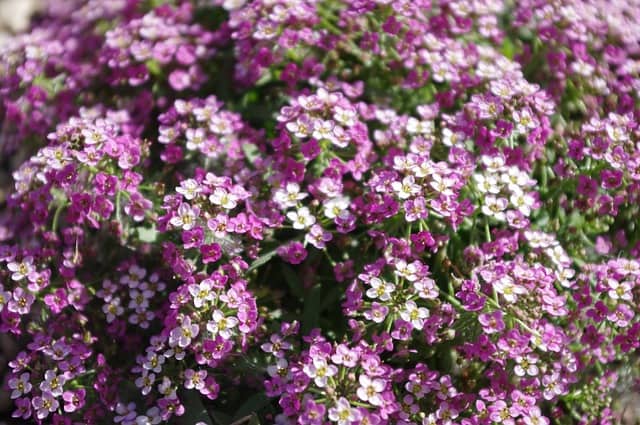
Sweet alyssum is a fragrant annual that can be sown in August for later blooms. With its tiny flowers and trailing growth habit, it’s perfect for filling in edges and container arrangements. The seeds germinate quickly, and you can expect blooms by early fall. Alyssum thrives in well-drained soil and full sun but can tolerate light shade as well.
Snapdragons
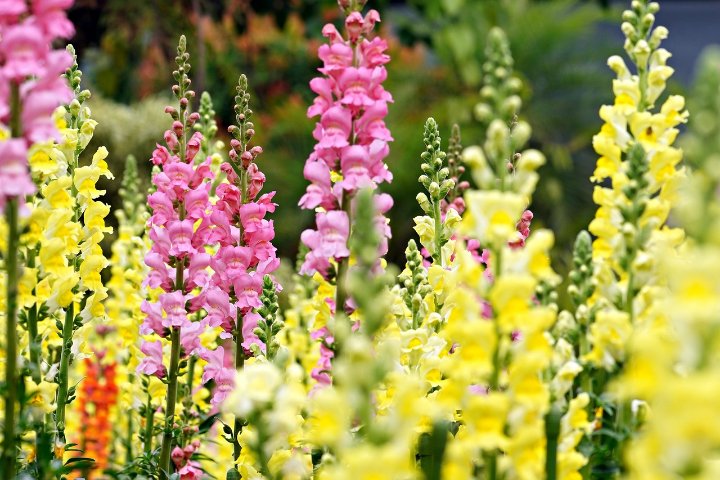
Snapdragons, also known as Antirrhinum, are beautiful flowering plants that can add height and color to your garden. While typically planted in the spring, you can sow seeds or plant young snapdragon plants in August for a fall display. They are tolerant of a range of soils and prefer sunny locations. Snapdragons can bloom into the fall, especially with cooler night temperatures.
Herbs To Plant
Herbs can thrive well in cooler temperatures, and August presents an excellent opportunity for Zone 4 gardeners to establish herbs that may last well into the fall and even overwinter.
Parsley
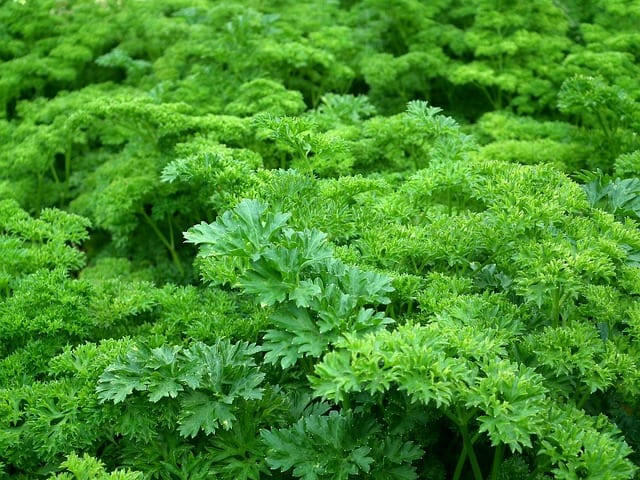
Parsley is a biennial herb that is hardy and can be planted in August for a late fall harvest. It prefers rich, well-drained soil and can survive light frosts, making it suitable for late summer planting. Parsley seeds can take a few weeks to germinate, so planting them early in August is best for optimizing your harvest.
Cilantro
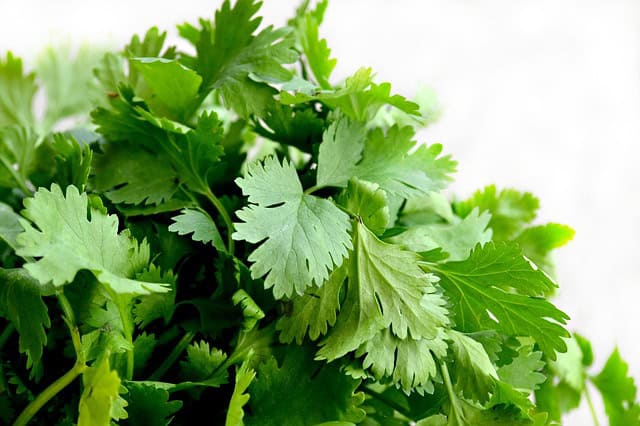
Cilantro, or coriander, is a quick-growing herb that benefits from cooler weather. Plant cilantro seeds in August to enjoy fresh leaves for your fall dishes. It thrives in well-drained soil with plenty of sun and should be harvested before it bolts, which is less likely when temperatures are cooler.
Chives
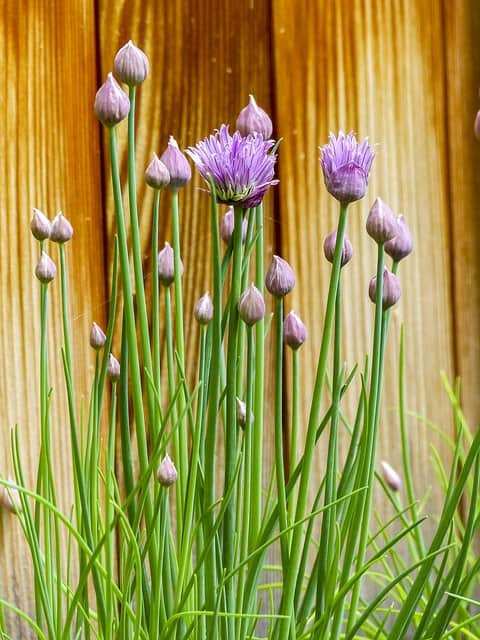
Chives are a hardy perennial herb that can be planted in August for a fall harvest. They thrive best in cool weather and can tolerate frost, making them ideal for late summer planting. Chives can be grown from seed or divided from existing plants, and they prefer well-drained soil and full sun.
Dill
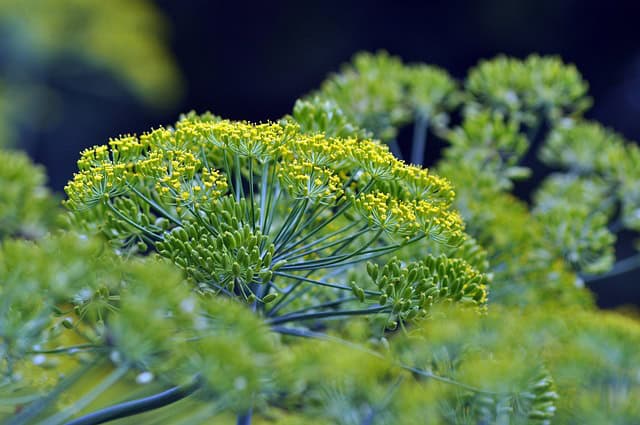
Dill is an annual herb known for its feathery leaves and aromatic seeds. You can sow dill seeds directly in the ground in August, where it will flourish in the cooler temperatures of early fall. Dill prefers sunny spots with well-draining soil, and you can expect to harvest leaves within about 40-60 days.
Thyme
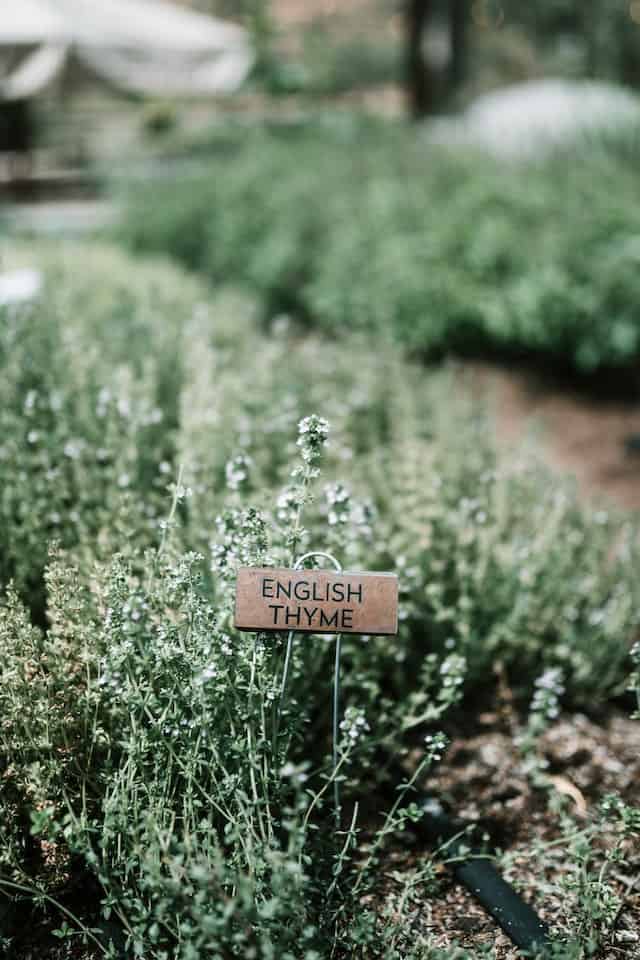
Thyme is a drought-tolerant perennial herb that will thrive with an August planting. This herb enjoys well-drained soil and full sun, and while you can harvest it year-round, planting in late summer ensures a healthy crop before winter. Thyme’s flavor can enhance many dishes and is practical for fall cooking.
Oregano
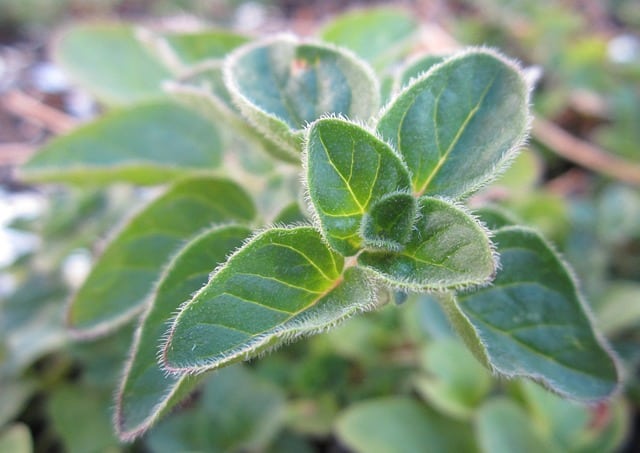
Oregano is another perennial herb that can be planted in August in Zone 4. It prefers well-drained soils and full sun. Once established, oregano is highly resistant to cold and can even thrive in harsh winter conditions. Planting now allows it to settle in and prepare for the upcoming season.
Mint
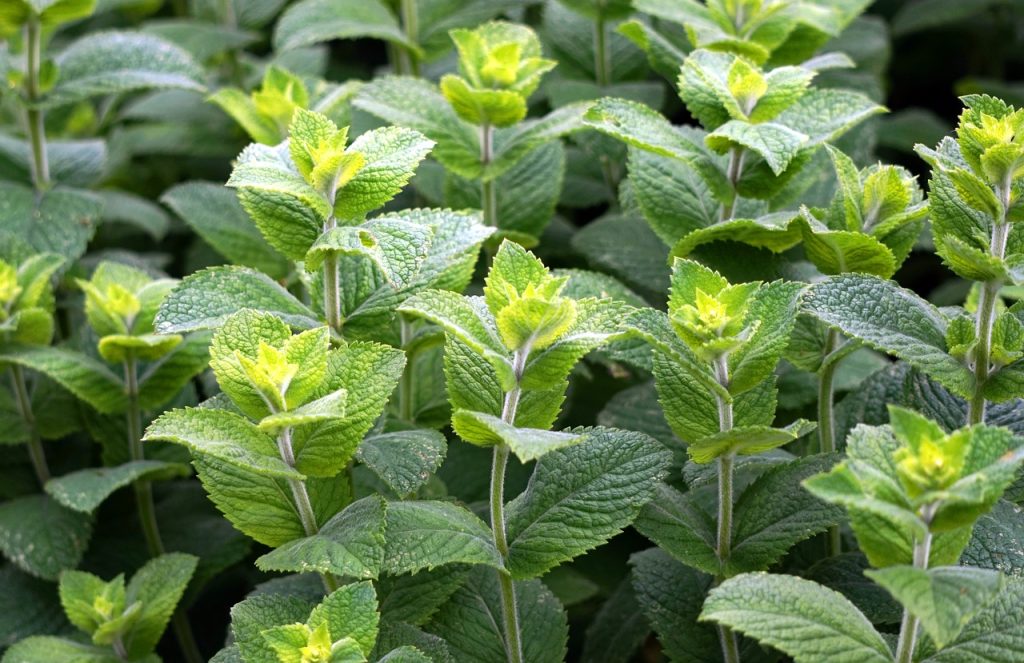
Mint is a vigorous perennial herb that you can plant from cuttings or divisions in August. Mint prefers moist, well-drained soil and partial shade to protect it from the strong afternoon sun. With its spreading habit, mint can thrive in various conditions and can be harvested for fresh use or drying.
Basil
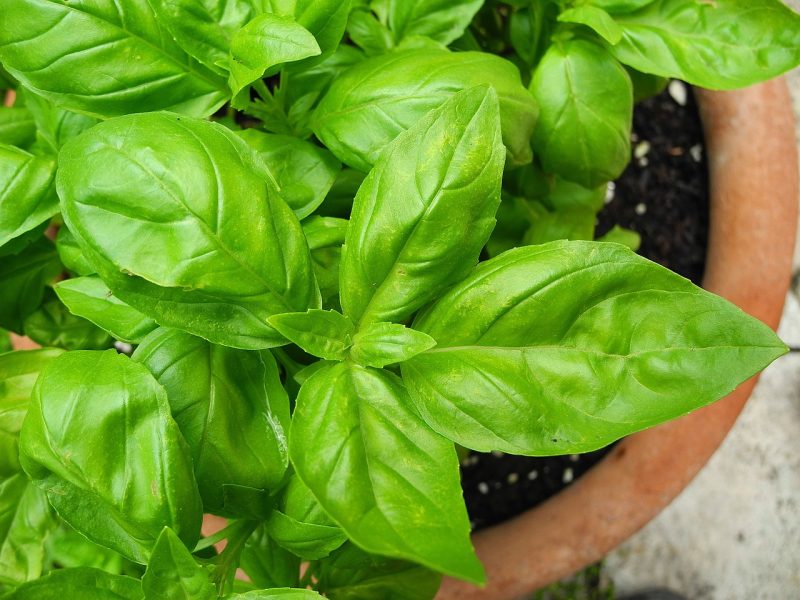
If you’re looking to plant basil in August, choose it wisely by ensuring the nights are still warm enough for it to thrive. While often considered a summer herb, if planted in early August, you might enjoy a late harvest before the frost. Basil prefers full sun and will flourish in well-drained soil.
Sage
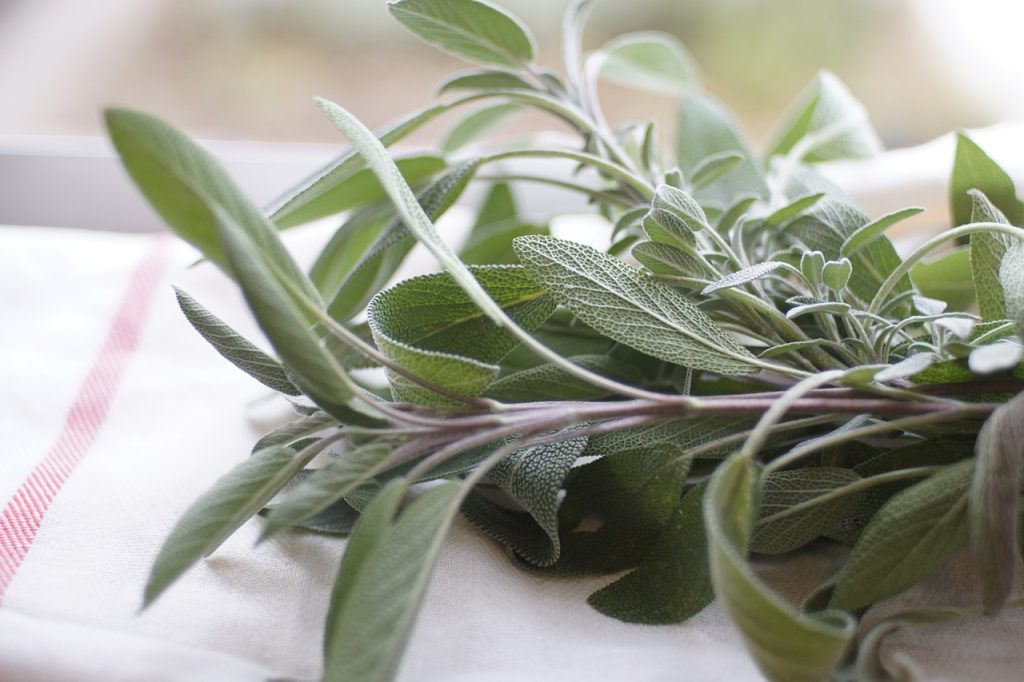
Sage is another perennial herb that can be established in August for future seasons. It prefers sunny locations and well-drained soil. This herb is cold-hardy and can survive through winter in Zone 4, allowing you to enjoy fresh leaves even after a frost. Sage is a popular herb in cooking and can add rich flavors to various dishes.
Fennel
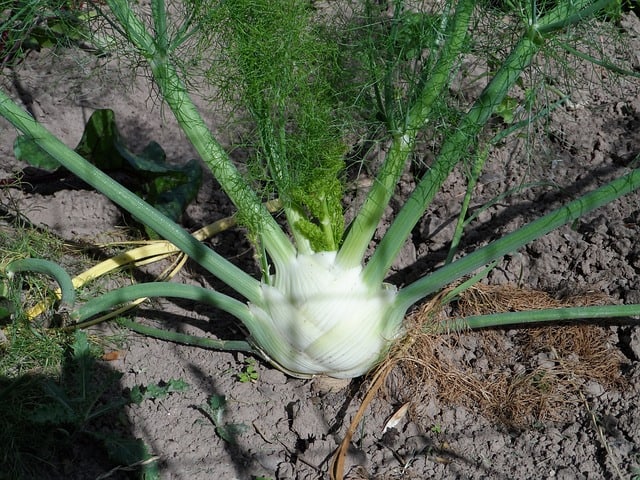
Fennel is an aromatic herb known for its distinct flavor. You can seed fennel directly in the garden in August to enjoy a fall harvest. It prefers full sun and well-drained soil. With a growth period of about 60-90 days, planting in August provides a reasonable timeline for harvesting the fragrant bulbs before the first hard frost.
Landscape Plants To Plant
August is also a suitable time to establish landscape plants in Zone 4. These plants can enhance the beauty of gardens, offer seasonal interest, and often provide habitat for local wildlife.
Serviceberry (Amelanchier)
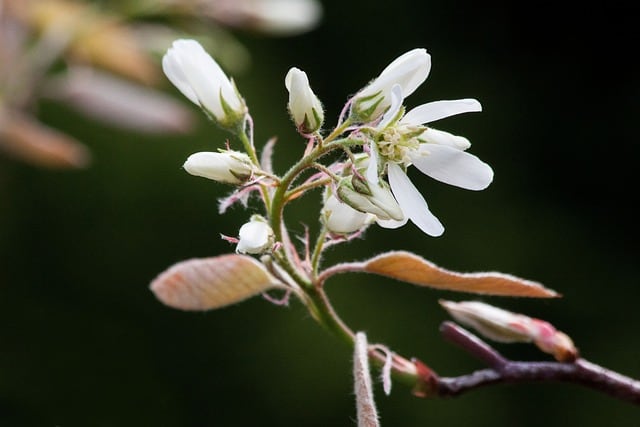
Serviceberry is an outstanding native tree that offers beauty throughout the seasons. August is a good time for planting younger nursery stock to ensure it establishes before winter. Serviceberry loves well-drained soil and full sun to partial shade. It produces beautiful blooms in spring, edible berries in summer, and offers stunning fall color.
Ferns
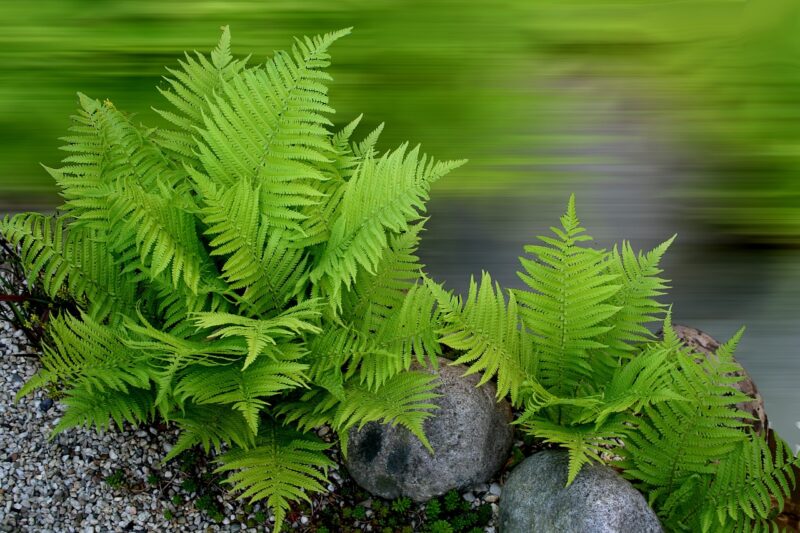
Ferns like the Lady Fern (Athyrium filix-femina) and Ostrich Fern (Matteuccia struthiopteris) can be planted in shady areas during August. As perennial plants, they thrive in moist, well-drained soil and can establish roots before winter arrives. Ferns provide exceptional texture and greenery in landscaping throughout the growing season.
Japanese Maple (Acer palmatum)
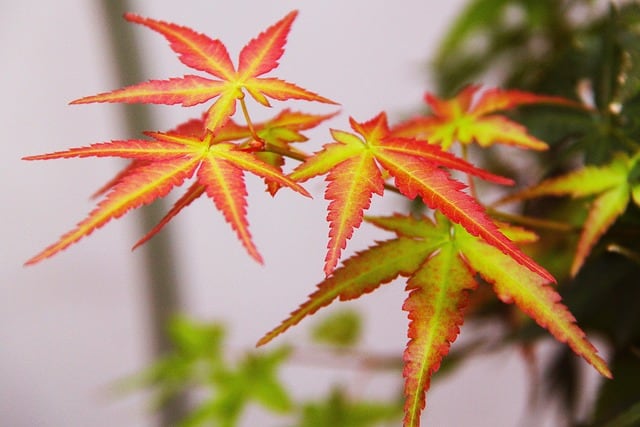
Japanese Maple is prized for its stunning foliage and graceful growth habit. You can plant these trees in August, providing they are kept well-watered. They prefer well-drained, acidic soils and partial shade. Japanese Maples establish beautifully in the cooler weather, and their vibrant colors shine beautifully in fall.
Coneflower (Echinacea)
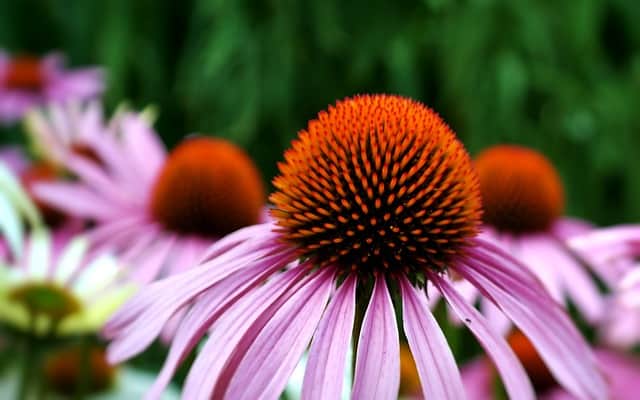
Coneflowers are perennial plants that add a splash of color to gardens. Plant them in August for establishing roots before the frost. These sun-loving, drought-tolerant plants come in various colors and attract pollinators throughout the growing season, tying wonderfully into any landscape.
Sedum (Stonecrop)
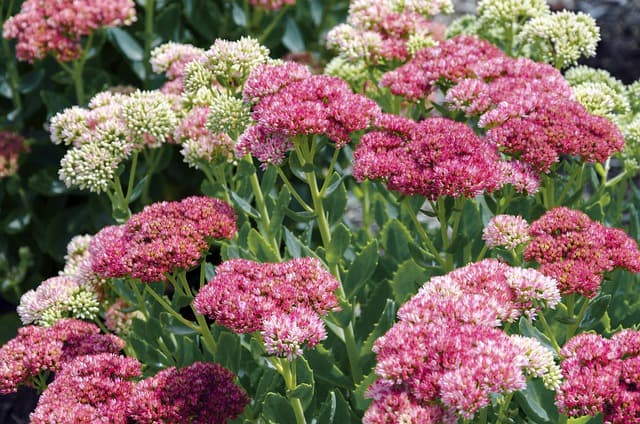
Sedum is not just a great choice for gardening; it is also an excellent drought-resistant landscape plant. August is perfect for planting various species of sedum to create rock gardens or border plantings. They prefer well-drained soil and full sun, thriving in tough environments.
Winterberry (Ilex verticillata)
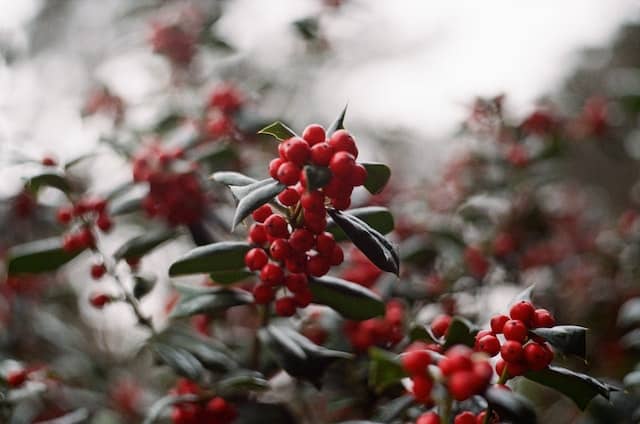
Winterberry is a deciduous holly that provides an excellent food source for birds during the winter months. Planting in August allows these shrubs to establish roots before the cold sets in. They prefer wet, acidic soils and full sun. The bright red berries that appear after pollination create visual interest and are crucial for wildlife.
Ornamental Pear (Pyrus calleryana)
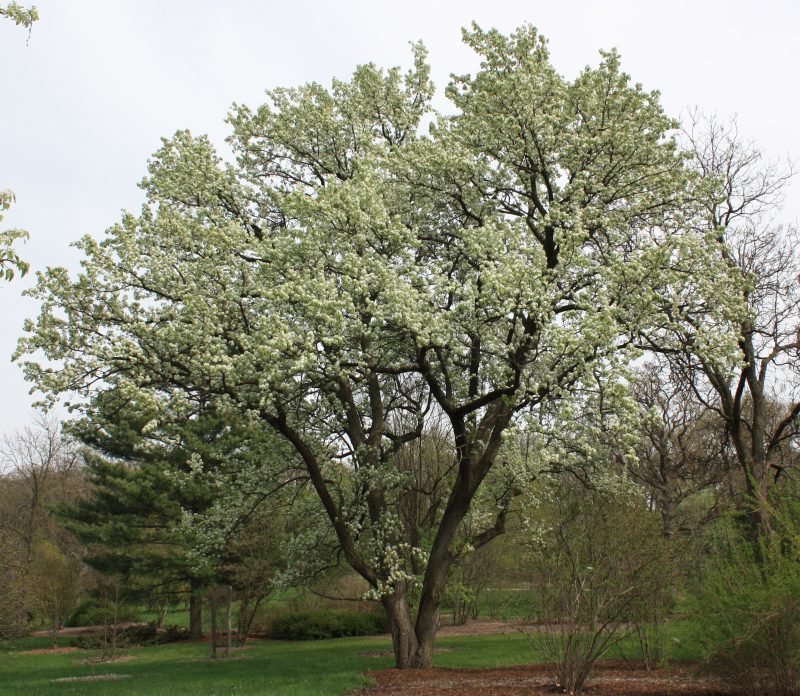
The Ornamental Pear tree is a popular choice for landscaping due to its beautiful spring blooms and vibrant fall colors. August planting allows these trees to establish themselves before winter. They thrive in full sun and adapt to various soil conditions, providing year-round beauty.
Hydrangea
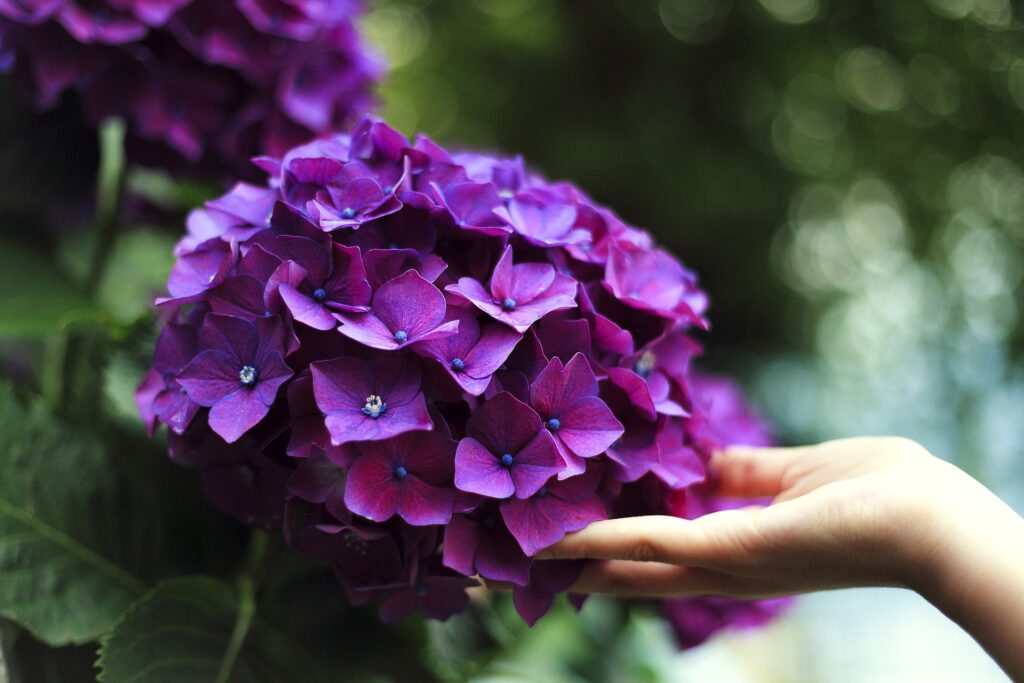
Hydrangeas are stunning flowering shrubs that bloom in shades of blue, pink, and white. Planting in August allows them to establish their root systems before the first frost arrives. They prefer well-drained soil and partial shade. Hydrangeas can be effective soil indicators, making them valuable additions to gardens.
Barberry
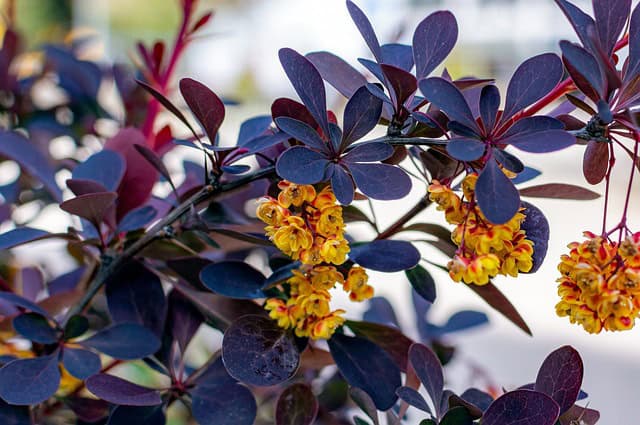
Barberry is a hardy shrub that blooms in summer and offers bright fall colors. August is a good time to plant these deciduous shrubs, which thrive in sunny locations and tolerate a variety of soil conditions. Barberries can be used effectively for hedging and as attractive ground cover.
Russian Sage (Perovskia atriplicifolia)
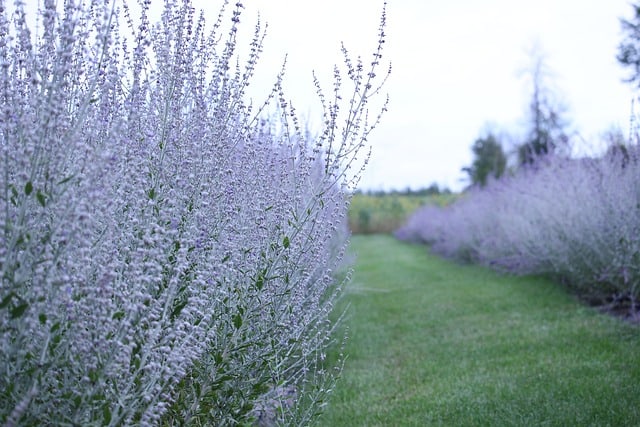
Russian Sage is a perennial plant that adds height and texture to landscapes. It’s well-suited for planting in August due to its drought tolerance and adaptability to various soil types. It thrives in full sun and attracts butterflies while providing a sea of purple blooms throughout the summer.
Purple Fountain Grass (Pennisetum setaceum)

Purple Fountain Grass is a stunning ornamental grass that does well with summer planting. Due to its unique coloration and flowing structure, it works beautifully in landscape designs. Plant in August, ensuring it gets enough moisture to establish before the cooler weather arrives. It thrives in full sun and well-drained soils.



